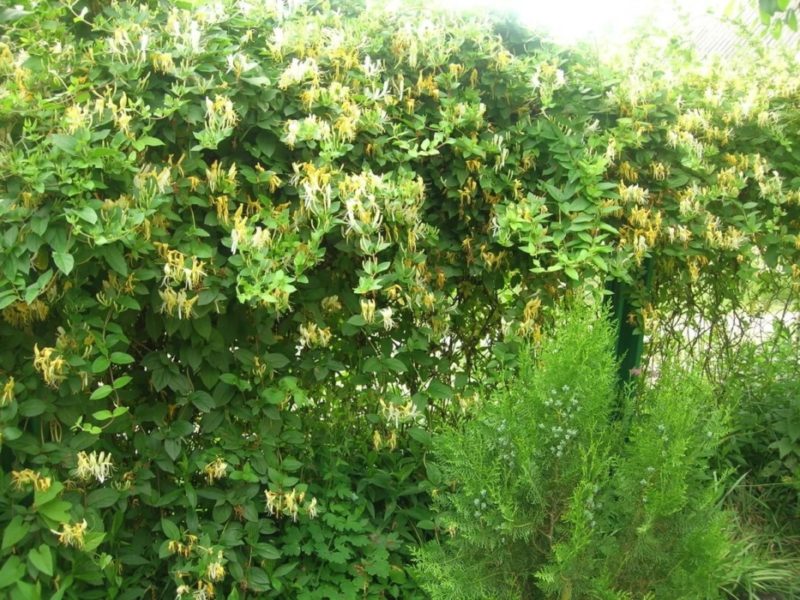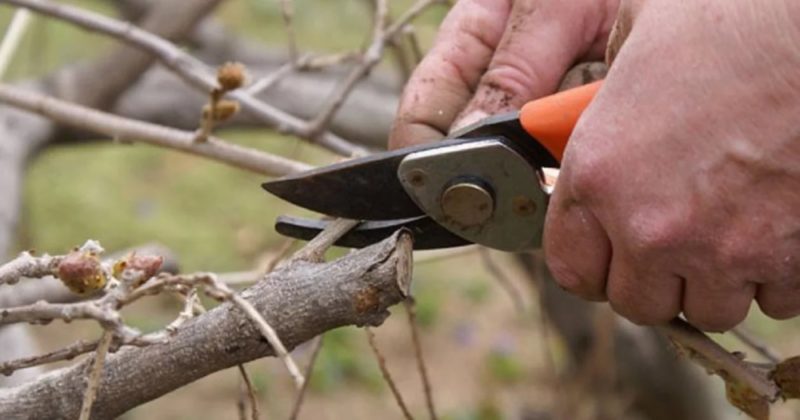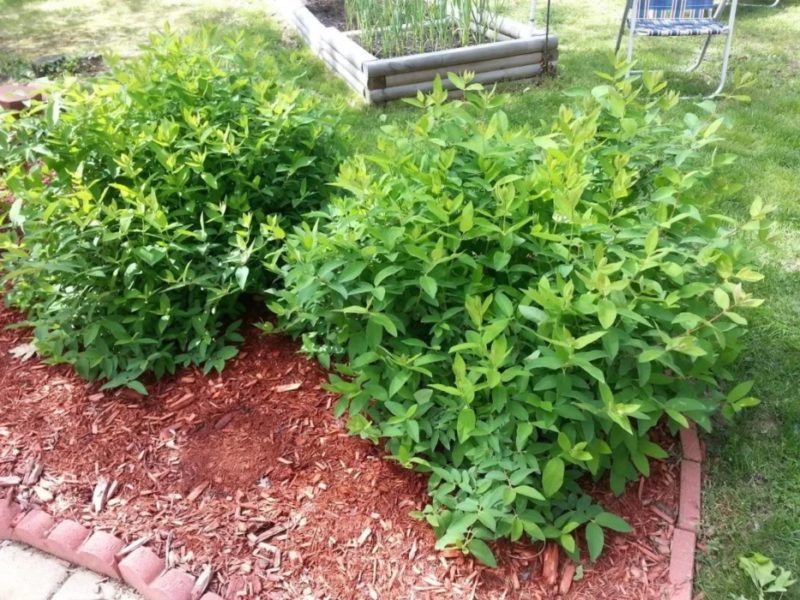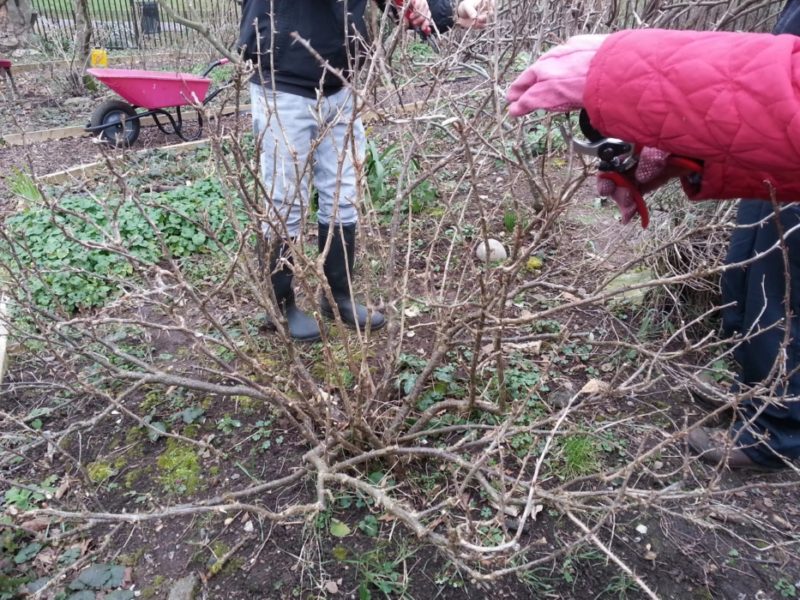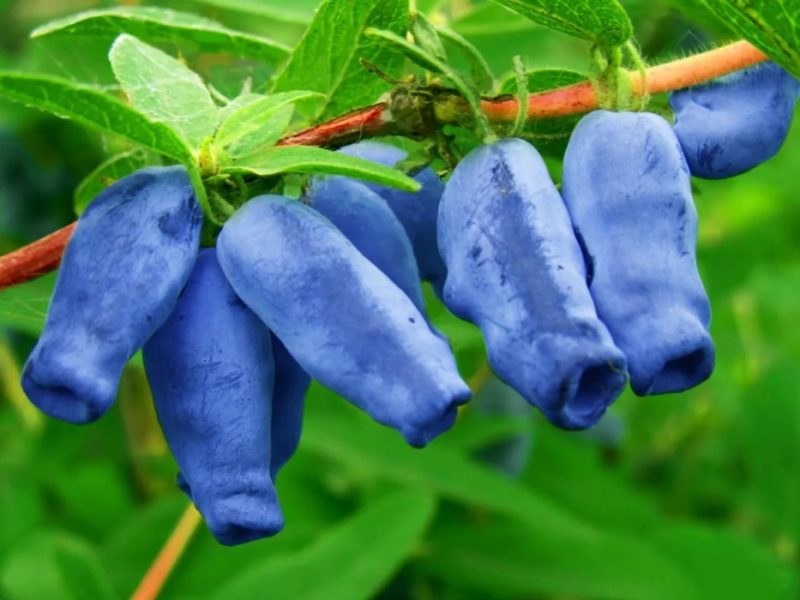Honeysuckle is an unpretentious plant, its berries are useful, so the bush can be found in almost every garden plot. But there is one caveat: the culture is endowed with the ability to quickly form shoots, which leads to a decrease in decorativeness and productivity. Honeysuckle pruning is a must for beauty and high fruiting. We'll talk about the rules for trimming in detail in our publication.
Material Content:
Honeysuckle pruning dates
Trimming shoots of honeysuckle is necessary. You will add beauty to decorative shrubs with the help of the procedure, but increase the yield by fruitful and edible ones. The fact is that the flowers blossoming in the depths of the crown are hidden from pollinating insects. Even if some bee flies there, from a lack of light, the berries will be small and tasteless.
In the first 3-4 years, the bush does not need to be pruned, since it abundantly increases the useful mass. You can remove frozen and dry twigs in spring, as well as those that grow inland.
There are deadlines for trimming:
- Spring trimming of honeysuckle is made almost in the first warm days. It is important to perform the procedure, while the buds on the branches are not swollen, this is the period from late March to late April.
- Honeysuckle pruning occurs in the fall after foliage dumping, but until the bush falls into a dormant state. So, you need to have time to cut the shoots from mid-September to the end of October.
- Ornamental plant species, for example, Honeysuckle Honeysuckle, must be trimmed throughout the growing season, that is, from the beginning of the formation of new creeper shoots until they dry.
Although honeysuckle and cold-resistant plant, but in winter its branches can kill frost.In spring, you need to cut such shoots to healthy wood. Such pruning is called sanitary. There is also a crown-forming haircut, it is made at a convenient time of the year, preferably in spring and autumn (decorative shrubs cut the entire season).
Features of haircuts in autumn and spring
Branches in spring cut in stages. It is recommended to adhere to the following scheme:
- In March or April, sanitary pruning of shoots is carried out. Remove only dry and diseased branches, and it is too early to create decorativeness at this time.
- The formation of the crown begins after all the buds have blossomed. So you will see viable branches, select those that have died, and remove them.
- Autumn pruning is a kind of preparation for winter. With the help of shoot removal, you will form a neat bush that will survive the winter easier than a voluminous and sprawling tree. The secret is that the shoots will be at the same level, there will not be lonely sticking out that will be “beaten” by frosts.
Pruning is necessary after fruiting, when the crop is harvested from the bush, and he dropped the foliage. And also pay attention to weather conditions, they should be such:
- At night, the air temperature drops slightly below zero, and during the day the thermometer shows above zero.
- Stable frosts leave at least a month.
In the fall, do not cut off too early, as this can be an incentive for premature opening of the kidneys. If you stretch the procedure to frost, the slices will not have time to tighten, and the branches will die from hypothermia.
In regions with severe winters that start early, only one spring pruning is recommended.
How to trim and shape a bush
Trimming from the first year is necessary only for decorative honeysuckle, for edible this procedure becomes mandatory only from 4-5 years of age. You must strictly follow the rules of haircuts. And the cropping pattern for the formation of the bush is as follows:
- The first step is to remove those branches that are on the lowest tier of the stem and touch the soil.
- Next, cut out all the young, unnecessary shoots, which is located in the depths of the crown.
- Branches that depart from perennial shoots and grow steeply upward, are removed after the young.
- Be sure to free the bush from branches growing not outward, but inside the crown.
- It is necessary to remove the thin, weakened branches, they not only look ugly, but they do not give any benefit. Such growths take away the strength of the shrub, which he will spend on fruiting or the formation of beautiful and healthy vines.
- The ends of shoots with weak growth also do not spare, cut.
- In the center of the bush are old, thick branches, they need to be removed. They still do not give fruit and growth. This procedure refers to the rejuvenation of the old bush.
- Do not touch one-year-old healthy twigs; they do not need to be pruned. It is on them in the future that a large part of the crop is formed.
The bush of the honeysuckle belonging to the edible species should be formed of only five skeletal young branches. Remove the rest, which have become old, not giving growth, without sparing, and the plant will again become young and as fruitful as possible.
Every 3 years after the age of seven, honeysuckle bushes need to be rejuvenated additionally, this will extend the life and fruiting of the plant to several tens of years. To do this, thick shoots are partially cut off at the base, from which stumps up to several centimeters high should remain. After this procedure, young shoots will go from these scraps.
If the honeysuckle was not rejuvenated before the age of 15, then it will be necessary to radically cut off all the shoots, leaving a bush about 30-50 cm high.
As for trimming decorative honeysuckle, it is carried out from the moment of planting, this will allow the bush to begin to branch intensively, and soon the plant will decorate your house fence.
For pruning, only a sharpened secateurs should be used, and thick old branches can be chopped off with a hatchet. After the operation, no matter what time of the year it is performed, the sections are covered with garden var or sprinkled with chopped charcoal. The treatment is antimicrobial and antifungal; the bush will not get sick.
Pruning branches is stressful for any tree and shrub. After the procedure, you need to feed the plant, after watering the soil well.
After spring pruning, fertilizers with a maximum nitrogen content are used (bird droppings or mullens diluted in water).
In autumn, after removing the shoots, apply fertilizing with potassium and phosphorus to the soil (wood ash is an excellent remedy).
Winter preparations
Each gardener thinks about how to prepare plants for winter so that they easily survive the frosts. We recommend using the following tips:
- In autumn, only adult bushes that have reached 6 years of age can be pruned.
- Rake foliage, chopped branches, mulch, put aside, because in this warm “bunny” harmful insects can take shelter for the winter and start the feast in the spring from the bush.
- It is not necessary to cover the edible honeysuckle for the winter, it is frost-resistant and can withstand temperature drops up to -45 degrees.
- The decorative plant needs to be covered, as the vines are too thin, and frost will destroy them. Remove the shoots from the fence, lay on peaty soil, cover with hay and spruce branches.
In the spring, remove the shelter, and mulch the trunks with fresh material.
Tips for summer residents
All gardeners willingly share their own experience in growing cultivated plants. We decided to publish the most useful recommendations:
- For the winter period, the honeysuckle is still worth sheltering with bags or nets to preserve the future crop. The fact is that in cold weather birds move closer to people, and they really like to feast on honeysuckle kidneys.
- Fertilize honeysuckle once every 2 years with manure or rotted compost, this will increase productivity.
- Some gardeners still recommend pruning very young bushes - from the age of two or when planting a new seedling. According to claims, shrubs shortened to 8 cm begin to develop faster and come out more branched. But this procedure can be assigned only in the spring.
Like any cultivated plant, honeysuckle, whether edible or ornamental, needs timely pruning. This will form a beautiful bush, increase productivity and life expectancy at times. We hope that this publication will be useful for you, and the recommendations and tips described here will help to grow a healthy, beautiful bush, which for many years will delight you with an aesthetic appearance and a plentiful harvest!


